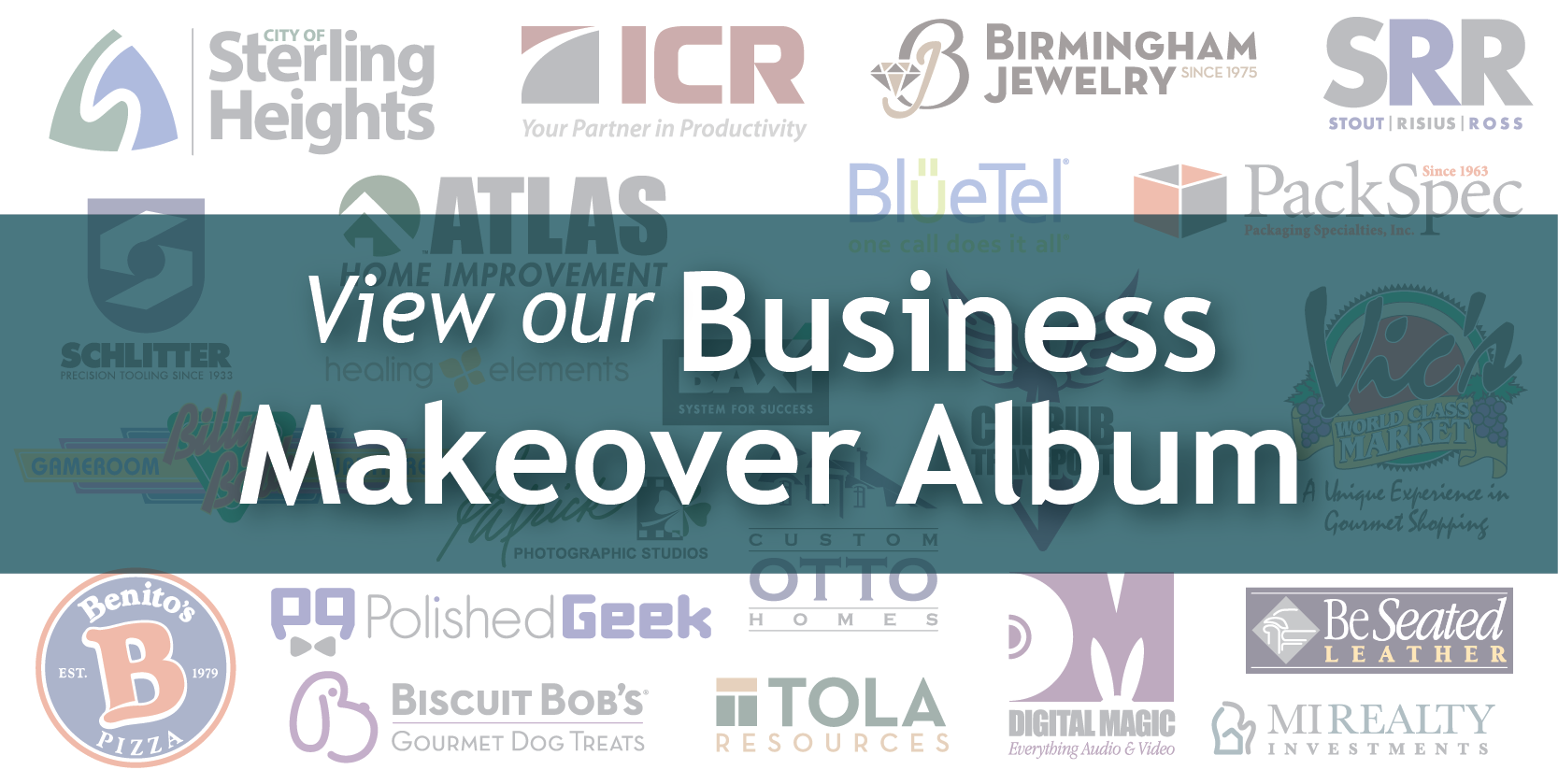
Trends in CRM and marketing automation reports for 2022 mark a significant increase for B2B and professional services brands. Why is it important to talk about a CRM (Customer Relationship Management) for the sales team in the same conversation about email and automated marketing software? Because they need to work together seamlessly.
Trends prove that those companies that implement CRM and marketing automation tools effectively help them attract talent, connect with prospects online, close more sales, and strengthen customer loyalty. This effort has exponential benefits and rewards: we celebrate a few of our clients’ early success stories at the end of this article.
In this post on CRM and marketing automation, we’ll cover:
- Trends in CRM and Marketing automation for B2B and Professional Service companies
- Choosing the right CRM and marketing automation tools
- Aligning sales and marketing efforts for significantly improved results
If your company has not implemented an automated marketing system and your sales team is struggling to adapt to using a CRM, you’re not alone. Here’s a true-to-life story of an international company with immense financial resources that remains unbelievably behind automated marketing and CRM trends.

International Brand Still Struggles with Email Marketing
Yesterday, I congratulated a colleague on winning a large-scale project with a global brand. The project’s scope is to develop an email marketing strategy for five international consumer product brands. These are everyday brands that you would recognize, yet they’ve been consistently losing market share because they’re not connecting with customers in their email inbox!
My colleague explained that her small agency (5 team members) was brought in to scale a project started by a high-profile and much larger agency. I was stunned, but not surprised, to learn that the previous agency charged the client $200,000.00 to set up an email marketing campaign that produced one automated email. No joke.
On top of that, the automation flow was not adequately connected with the sales CRM for effective follow-up.
While a well-constructed email marketing campaign involves significant front-end strategy and technical skills to implement, $200K for one email does not make an impressive ROI!

Sales CRM and Marketing Automation: The Problem of Falling Behind
Most of our readers are business owners or marketing directors of small to medium companies. The cautionary tale above should reassure you that while you may think your company is a hundred miles behind the rest, you’re not.
Perhaps your competitors have implemented CRM and marketing automation tools, and your company is ready to level up and join others in this growing trend. Then this is a perfect time to consider your options, make a wise plan, and avoid these three common mistakes others make in a rush to catch up:
- Choosing automation CRM and marketing software that will not grow with their brand (Starting too small will require add-ons and result in a confusing mishmash of Martech (marketing technology) tools.)
- Provide tools for sales and marketing teams without creative or technical support (Paying for a subscription is just the start. The tool is only as good as the strategy and creative implementation behind it!)
- Initiate an unsustainable process that stalls and stutters
(Training and implementation take time and momentum to build. Starting with too much on the agenda often leads to campaigns that cannot be consistently carried out.)
Lackluster results are often due to at least one of these areas.

What’s the solution?
Marketing automation that works with a Sales CRM allows a team to send timely and personalized marketing messages to prospects and customers. Many user-friendly, creative, and cost-effective CRM and marketing automation tools are within reach.
Sales teams need to dump clunky and expensive CRM software platforms. Marketing Directors need marketing automation that seamlessly delivers leads to the sales team. Above all, both teams need to be on the same page. Ultimately, the right tools, creative resources, and technical support can take you there.
Is Your CRM Helping or Hindering Your Marketing Goals? Does implementing an automated marketing platform seem overwhelming?
Here are a few complaints we hear:
- Our sales team barely uses our expensive CRM
- Our sales team imports leads into their CRM and our marketing team doesn’t get them
- Leads from our website are falling through the cracks
- Customer loyalty is lagging
- We have no idea where to start with email marketing
- It’s difficult to attract talent when we don’t have the tools to make their job successful
So, let’s address these so you can get ahead of the curve and in the right lane. Trends in manufacturing, industrial, and professional service companies show more teams adopting marketing and sales automation platforms and internally aligning sales and marketing.
7 Trends in Sales CRM and Marketing Automation Software
These seven trends show how successfully implementing sales and marketing software is helping industrial and professional service companies get ahead of the sales and marketing curve.
1. According to industry estimates, over 91% of organizations with more than ten employees use customer relationship management systems.
- Implementing and consistently using a CRM
- Successfully nurturing marketing leads and handing qualified leads to the sales team. (It’s estimated that 79% of marketing leads do not convert to sales due to a lack of timely connection.)
- Aligning marketing and sales teams: Highly-Aligned organizations see a 32% year-over-year revenue growth. Less aligned competitors saw a 7% decrease in revenue.
- Personalization and Customization: By Q4 2021, 93% of organizations recognized the importance of personalization in customer relationships, nurtured throughout the sales cycle.
In many instances, small marketing and sales teams require support to make this happen: a bolt-on creative team, or an in-house marketing department, working together to find quality leads and nurture them through the sales cycle.
- Creative Content and Brand Alignment: Your sales and marketing automation is only as good as the content you build within it. (Software isn’t magic and doesn’t read minds.)
With competition for attention a constant challenge, brands are innovating creatively on digital platforms, using video, motion graphics, messaging, and web design that aligns with their brand.
Realtime Data
-“45% of global companies reported their data is now available in real-time to inform marketing activities, a 17% uptick from 28% in 2020.” - Choosing the right automation tools that can grow with the brand: Beware of tools that start with a low subscription fee, then with every add-on, the price goes up. Think about what you need now and go further. What would be highly useful in future marketing? A chatbot on your website? Seamless integration between sales and marketing software? You will want a CRM and marketing automation solution that will unite your sales and marketing into a streamlined process, and be there for the long haul.

Choosing the Right Fit in CRM and Marketing Automation Platform
When we talk with business owners and sales managers about their CRM (usually it’s Salesforce), we hear them repeating similar frustrations. OK, let’s pick on the leader of the pack, Salesforce.
“Salespeople feel like Salesforce is built for the sales manager.”
“Sure, it’s considered the ‘Cadillac of CRMs,’ but we just need a solid pickup.”
“It’s bloated with features we’ll never use.” (Most companies use a small fraction of the program)
“Setting up the simplest automation is confusing, and we have sunk thousands into a Salesforce consultant.”
“Paying for a seat when a salesperson barely and ineffectively uses it is painful.”
“Regrettably, we bought it because we knew about Salesforce, not because we researched our option.”
“Most of our reps find it cumbersome, and our sales team is not using it.”
Owners and marketing directors are just as flummoxed about choosing a CRM and marketing automation tool and jump to the most recognized names, like HubSpot.
Every software program promises to make life easier, but it needs to have a relatively quick learning curve to be adopted to be used, and create value.
Shopping for a Sales CRM Doesn’t Have to Be an Ordeal
It’s vital to shop to avoid the sunken cost syndrome. Use the features-first approach when shopping for software. List what you need before you shop.
What do you really need in a sales CRM?
Before shopping, list everything you need to streamline and automate sales tasks and track your success. Here’s a seven to start:
- Onboarding cost and process: ease of contact migration
- Quick learning curve for the sales team
- Cost for features and users
- Simple “next-steps” entry that fits your sales process
- Technical skill required for customization that doesn’t require a consultant
- Reports: The right balance between too much data and not enough.
- Track
- Performance
- Sales Collaboration
- Sales Forecasting
- Lead Management
- Lead Pipelines
- Sales automation: time-saving reminders
- Seamlessly communicates with the email and online marketing software
What do you really need in a marketing automation platform?
Just like you would approach shopping for a sales CRM, before you begin the hunt for a marketing automation tool, make a list of everything you’ll want to track and automate. Here are seven to start:
- Ease and technical skill required for onboarding
- Features and users included, like event and webinar marketing & social media management
- Email marketing basics: A/B testing, nurture flows, tracking, engagement scores
- Dynamic Content: email and landing pages
- Contact Management: dynamic lists, segmentation, and personas
- Engagement: lead scoring, web visitor ID, activity notifications
- Customizable reporting
Who will be managing your sales CRM and marketing automation software?
Does your company have the technical and creative talent in-house, or will you be relying on an outside resource? Before you dive in, ask these questions and estimate the time these tools will require of your current employees
Aligning sales and marketing efforts through automation
What if your CRM was easy to use AND integrated seamlessly with personalized marketing automation? It’s possible!
What about your team? Have your sales and marketing teams crossed the great divide and collaborate on marketing and sales strategies? Your sales team is the marketing department if your company is like many small and medium industrial or professional service companies. Or the marketing department consists of a Marketing Specialist, who is managing every request, from orchestrating the next product release to ordering company pens.
Marketing Directors need support because working solo is a challenging place to generate creative solutions. So, hiring an assistant is helpful. However, budgeting for an external resource that can assist with collaboration between departments, develop strategies, and execute creative campaigns equips your team to make the most of your marketing automation.

CRM & Marketing Automation Success Stories
While ROI for onboarding an effective sales and marketing platform is estimated to be 13 months (G2 CRM Software Research)), small–even significant–wins can be achieved earlier. Here are a few client success stories within months of onboarding with SharpSpring:
Industrial Repair Company: Cross-selling “I didn’t know you guys had that!”
The first published email returned instant replies to the sales department that alerted customers to other products and services offered.
Heavy-Duty Equipment Supplier: Top of Mind “Our supplier can’t get us the part for another six weeks, and you have it!”
After onboarding, the initial publication of a company newsletter yielded calls for parts and equipment.
Software Company: Webinar “We had 36 signups and four scheduled product demos!”
This customer’s first automated marketing effort was to promote a webinar about their new product via LinkedIn and their existing database of 842 contacts. The sale of products from this first webinar was a huge win.
Financial Services Firm: Salesforce Integration “We’re able to send pre-made, informative emails to prospects and new clients and improve our customer service.”
This firm implemented a streamlined get-acquainted experience with prospects and new clients by using custom fields and integrations between their CRM and SharpSpring marketing automation instance.
Which CRM and Marketing Automation Platform is the Right Fit for Your Company?
When we were ready to implement a more robust CRM and marketing automation solution, we explored all our options. Now, after we made the jump years ago, Identity Creative has a bias. We are Certified Silver Partners with SharpSpring, an all-in-one CRM and automated marketing platform. It’s one-price for all features* and unlimited users are significant for our clients and us.
However, it’s not the right fit for all companies. For example, if you have a heavy e-commerce business, other options would be a better fit. Here are some key questions to ask when comparing marketing automation platforms.
Download the Comparison Guide below and compare popular CRM and marketing automation options in a single resource. The Guide makes shopping for the right software more manageable. It includes recognized tools like HubSpot, Keap, Marketo, Pardot, Act On, and SharpSpring.

You can also Schedule a 15-min call or a 30-min SharpSpring Demo. We’d love to help you take the next step in shopping for a CRM and marketing automation solution and simplify the process for you and your team.
*Additional options, like monthly tech support, and targeted ad services, are billed separately.




